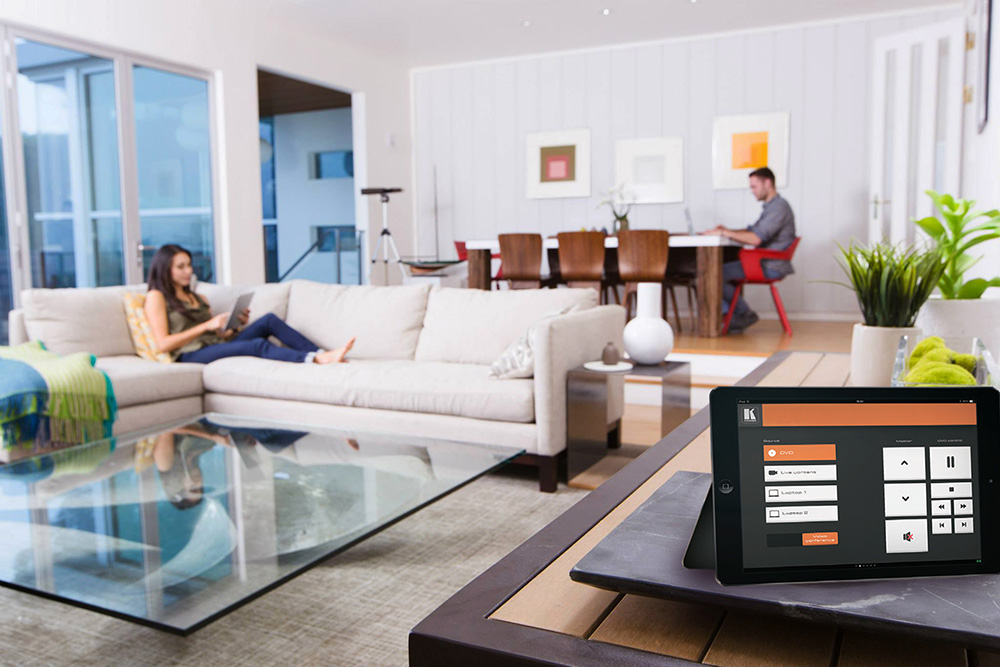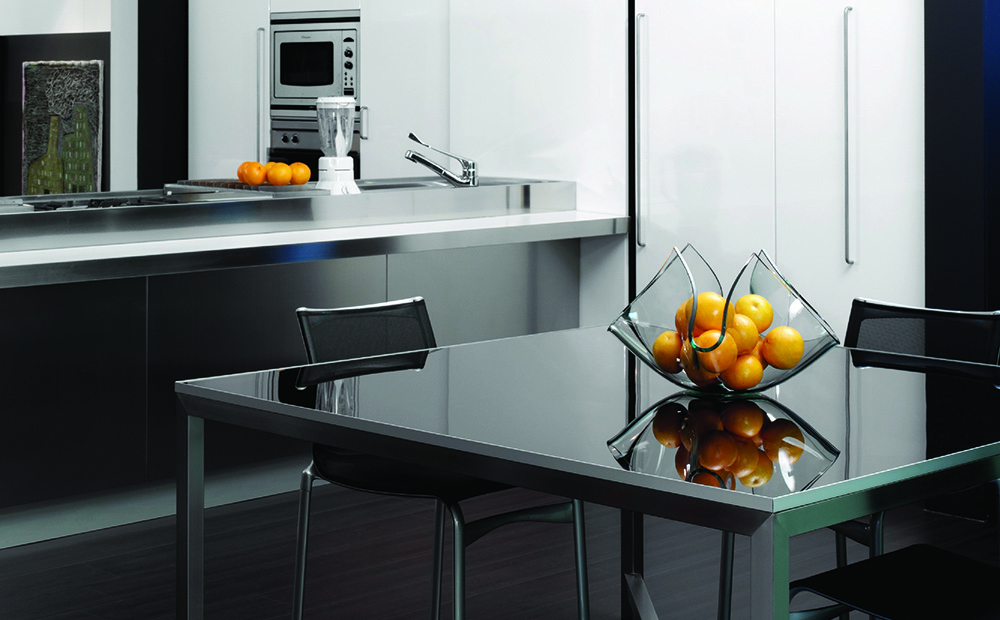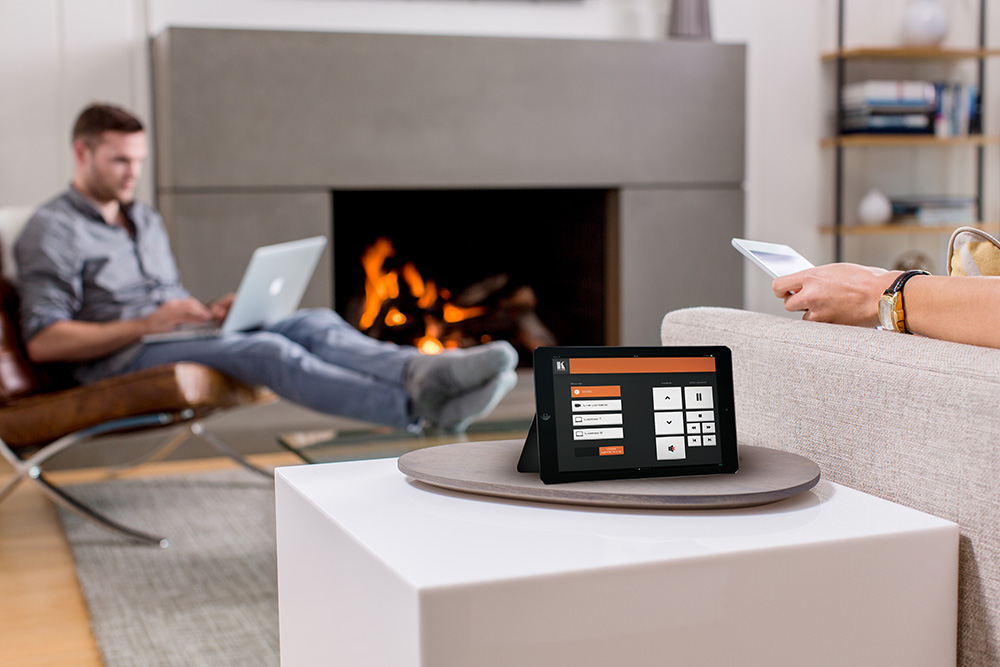Infrastructure for Connected Homes: What’s Holding Us Back?
By Lyle Tarby, New Business Developer, Electrosonic SA
This topic is not new, but it needs to be raised again if it is to gain traction. Property developers, architects, electrical contractors, audio visual installers and end users all need to keep networks and control systems in mind when designing and building homes.
The Internet of Things (IoT) is a reality, connectivity is non-negotiable, and the availability of high speed bandwidth is becoming more readily available. So it is a priority, not a luxury, to build homes that accommodate the latest technology.
In 1752, Benjamin Franklin discovered electricity but it wasn’t until the 1920s that electricity was used to light homes. That’s around 170 years later.
 Home automation has been around for about 30 years, but that doesn’t mean we should wait another 140 years to start adopting its widespread use. It’s time to connect the dots and start planning for smart, connected homes now. Networks are a part of life and the necessary cabling and conduits should be standard installations in homes so that power cables can be run separately from network and audio visual cables. Wi-Fi access and the placement of access points must be planned up front – not added as an afterthought. Large, high-end homes will need Wi-Fi routers and repeaters; large complexes should be designed and built with the same thought in mind. Networks and AV installations are mostly done after construction and this means “making a plan” and that is not good enough as it makes ground floor installations difficult in duplex units or double storey houses.
Home automation has been around for about 30 years, but that doesn’t mean we should wait another 140 years to start adopting its widespread use. It’s time to connect the dots and start planning for smart, connected homes now. Networks are a part of life and the necessary cabling and conduits should be standard installations in homes so that power cables can be run separately from network and audio visual cables. Wi-Fi access and the placement of access points must be planned up front – not added as an afterthought. Large, high-end homes will need Wi-Fi routers and repeaters; large complexes should be designed and built with the same thought in mind. Networks and AV installations are mostly done after construction and this means “making a plan” and that is not good enough as it makes ground floor installations difficult in duplex units or double storey houses.
Building developers are building townhouse complexes with hundreds of units and not giving enough thought to Internet access. Why are network cables and routers not installed during the development phase with fibre linking to these complexes not standard specifications? Imagine buying a townhouse off plan, only to have to retrofit your own electricity, plumbing and sewage systems?
 Smart appliances are a reality and as with all technology are becoming more affordable over time. All the more reason to plan for proper home networks. Some property developers are even offering an option to supply new appliances when they build the estates. How about taking this a step further by offering smart appliances and including a control system?
Smart appliances are a reality and as with all technology are becoming more affordable over time. All the more reason to plan for proper home networks. Some property developers are even offering an option to supply new appliances when they build the estates. How about taking this a step further by offering smart appliances and including a control system?
With Netflix and Showmax taking off in South Africa, Internet TV is going to grow. Unfortunately Wi-Fi speeds are not adequate to stream HD content. Cable connections are much faster. If anything, at least the media hungry appliances (TV, Xbox, streaming device) should be connected to a hard-wired, high bandwidth network. Toasters, kettles and stoves require minimal connectivity, so Wi-Fi should be adequate and simplify the kitchen.
Naturally with all these smart appliances and connection options it is essential to have a simple, cost-effective solution to integrate and manage them from an easy to use central place. The Kramer K-Touch offering is the perfect solution. It’s an app that is available for iOS and Android so home users can download it on to their tablets and smart phones. An added advantage is that it is an IP-based system, so there is no need for expensive controllers.
 A further advantage of the Kramer K-Touch is the ability to manage energy usage and thus save money and the environment. Systems could be set to go into their power-saving modes while the owners are on vacation. Property developers could also include heat and lighting systems and control functionality to their new developments. There are very efficient systems that heat or cool, filter and clean the air we breathe, in office environments. Similar systems could be deployed in homes and complexes. These too can be incorporated by and controlled with Kramer K-touch.
A further advantage of the Kramer K-Touch is the ability to manage energy usage and thus save money and the environment. Systems could be set to go into their power-saving modes while the owners are on vacation. Property developers could also include heat and lighting systems and control functionality to their new developments. There are very efficient systems that heat or cool, filter and clean the air we breathe, in office environments. Similar systems could be deployed in homes and complexes. These too can be incorporated by and controlled with Kramer K-touch.
The K-touch system is a cost-effective way of bringing all these technologies together. With its drag-and-drop programming and cloud-based storage, it makes configuration support a breeze.
The benefits and options are as endless as our imaginations. All we need is the networks to make it happen.

